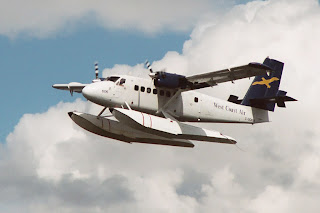
Early designers considered both monoplane and biplane designs. However, the weakness of the materials and design techniques available required these designers to place great effort into making wings capable to withstanding the required loads. A biplane (having the characteristics of a box girder) can be made lighter for a given strength requirement, and was therefore a more common choice.
Most successful early aircraft were biplanes, in spite of considerable early experimentation with monoplanes, triplanes and even a quadraplanes. During the period (~1914 to 1925) almost all aircraft were biplanes.









